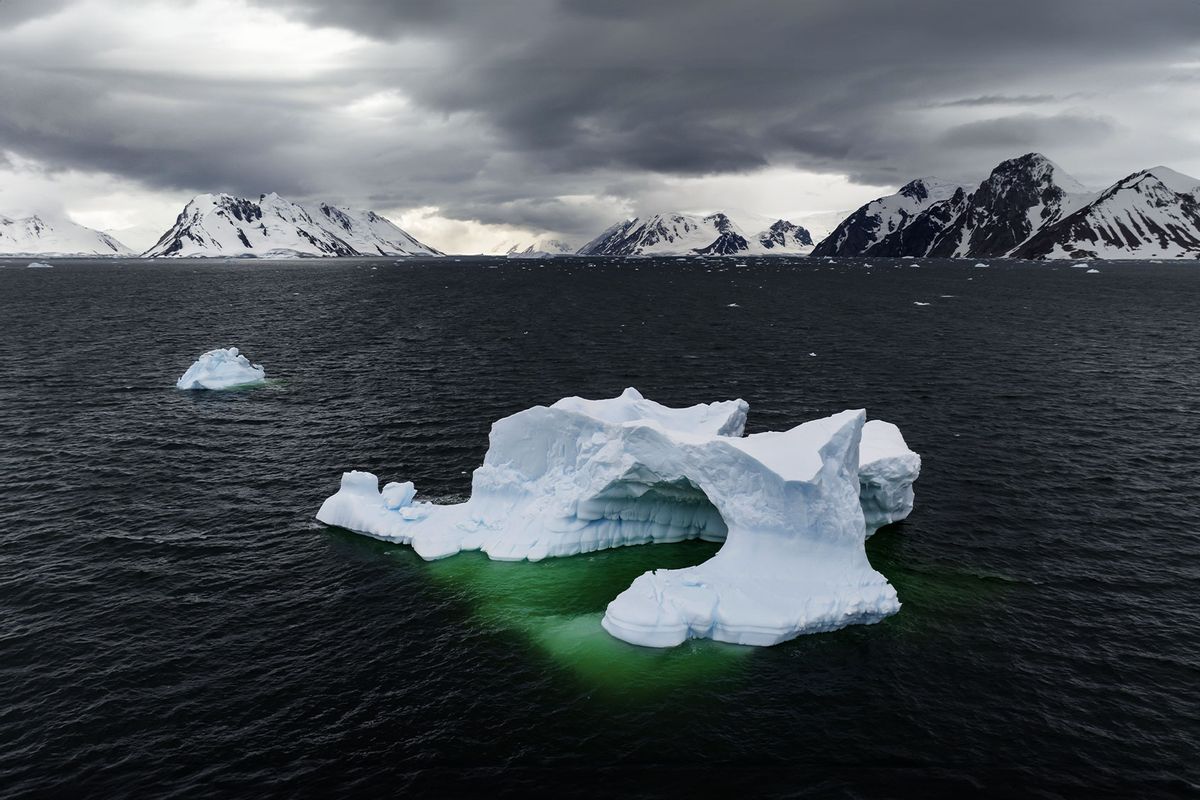Like a magnifying glass on an anthill, excessive emissions from burning fossil fuels is melting the Antarctic ice sheet. The faster it liquefies, the more we're faced with the dire prospect of extreme sea level rise. Scientists have debated whether a "tipping point" exists for this ice sheet, or a moment when the effects of this melting would be suddenly both irreversible and catastrophic.
Now a recent study in the journal Nature Geoscience reveals that such a tipping point may indeed exist. As it turns out, scientists have misunderstood a key aspect of the physical process behind the Antarctic ice sheet's ongoing melting, and therefore have underestimated the ultimate impact of climate change on Antarctica.
The British Antarctic Survey researchers discovered that warm ocean water is seeping beneath the Antarctic ice sheet at its so-called "grounding line," or the point at which the ice from a large body rises from the seabed and begins to float. When warm water moves under a grounding line, the ice melts at an accelerated pace and could pass a threshold where the body's ultimate collapse is inevitable. While this process occurs, sea levels will rise at a much faster rate than currently predicted, resulting in millions of people from coastal communities being displaced over the upcoming decades and centuries.
"Our results point towards a stronger sensitivity of ice-sheet melting, and thus higher sea-level-rise contribution in a warming climate, than has been previously understood," the researchers write. Although they acknowledge that their model likely simplifies the melting process by overlooking variables currently unknown to scientists, they argue that "the possibility of tipping points in grounding-zone melt and the universality of susceptible shelves warrants a continued research effort to better constrain grounding-zone processes both from models and observations."
Last month, a study published in the journal PNAS revealed that Antarctica's so-called "Doomsday Glacier" is nearing collapse, as revealed by high-resolution satellite radar data that shows Thwaites is being flooded with warm sea water. And in February, a study in the journal Nature Geoscience, found the West Antarctic Ice Sheet — which is roughly the size of Mexico (1.97 million square kilometers in area), and which is already melting at an alarming rate — once underwent a period roughly 8,000 years ago in which it dramatically and quickly shrank. Now history is seemingly repeating itself, but this time, human activity is to blame.



Shares